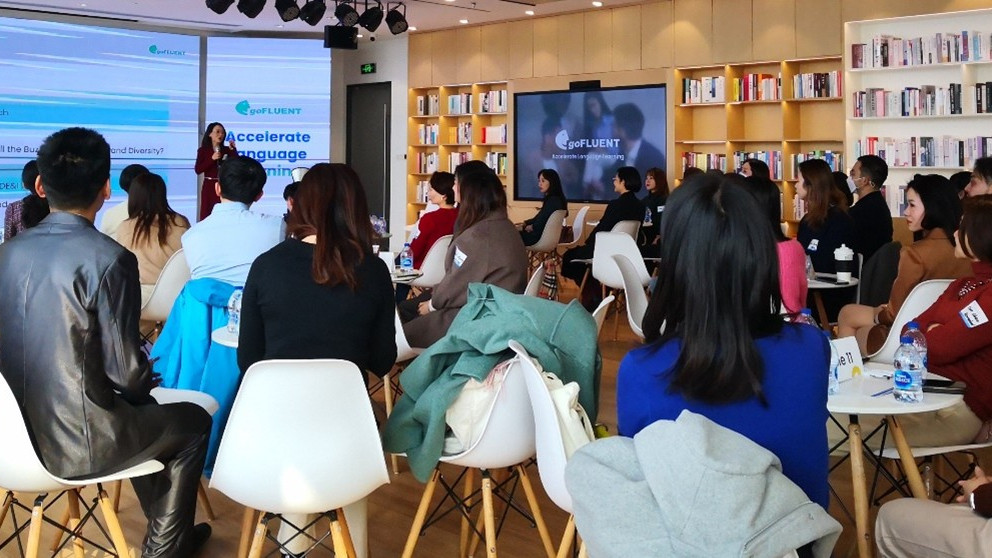Gender Equality Seen Through the Lens of Environmental Psychology
21.10.2025

Much of today’s public discourse on gender equality emphasizes that women need to take on more leadership roles, speak up more, and push for greater visibility. While such encouragement is important, I often feel that the way these messages are framed misses something essential. The dominant narrative assumes men are not giving women enough opportunities. Yet, my lived experiences suggest another layer: the way men and women behave in leadership and communication roles is strongly shaped by the environments in which they were raised and socialized, not just by gender itself.
When women encourage men to lead
Over the years, I have attended and facilitated many workshops where mixed-gender groups were asked to select a leader or spokesperson. In several cases, I observed a pattern: women in the group would voluntarily point to their male peers to take on the visible role. For instance, during a sustainability workshop in Poland, each group coincidentally had one man and several women. My own group suggested that I present our ideas, but in many other groups the women encouraged their male colleague to stand up and speak on behalf of the group.
A similar situation unfolded nearly ten years later, when I facilitated a diversity, equity, and inclusion workshop in Shanghai with HR professionals from Top 500 companies. Once again, women often nominated men to represent the group. Importantly, these men did not force themselves into the role; they accepted it to avoid conflict or because the women expressed that they preferred it.
From an environmental psychology perspective, this shows how behavioural norms are context-dependent. What looks like “gender inequality” may, in some settings, actually reflect social comfort zones shaped by upbringing, cultural expectations, or early family dynamics. It raises the question: is gender equality truly a gender problem, or is it primarily a socialization problem rooted in our formative environments?
Respect begins in early environments
My own story reflects how powerful these socialization settings are. Growing up as an only child with a supportive father who always encouraged me to pursue education, I never felt limited because of my gender. Later, in professional life, most of my colleagues and cooperation partners were men, many of whom offered invaluable support.
Yes, there were moments when professional boundaries were tested, but when I set limits, they were respected. I recognize I may have been more fortunate than other women, but I also acknowledge that my ability to navigate these situations was shaped by my early environment, which gave me confidence and tools to set healthy and respectful boundaries.
Environmental psychology emphasizes that our perceptions of ourselves and others, our confidence, and even our tolerance for conflict are influenced by the environments in which we develop. Family dynamics, school experiences, cultural narratives, and community structures all become part of what I call the “Invisible Backpack”—the cumulative experiences and learned patterns we carry into adulthood that will shape how we navigate/respond to different circumstances.
It’s not just gender—it’s dialogue and design
Working across cultures and disciplines, I’ve come to see that the biggest barrier to equality often lies not in one gender suppressing another, but in the absence of safe spaces for dialogue. Too often, differences are treated as threats rather than as opportunities for learning. Many discussions become battles to prove who is “right” instead of explorations of multiple valid perspectives.
This lack of dialogue can be traced back to environmental design as well: classrooms, workplaces, and even family dynamics that reward competition over collaboration, or conformity over curiosity. When environments foster confidence, mutual respect, and active listening, people are far more willing to embrace difference—whether in gender, background, or worldview.
Towards a more nuanced view of gender equality
From an environmental psychology perspective, gender equality is not simply about encouraging women to “lean in” or blaming men for inequality. It is about recognizing how environments shape behaviour, expectations, and opportunities, and then intentionally designing contexts—educational, professional, social—that allow both men and women to thrive authentically.
Supporting gender equality, then, means more than quotas or slogans. It means creating conditions where leadership is not assigned by default, but chosen freely; where dialogue replaces assumption; and where each person is empowered to grow beyond the limitations of their Invisible Backpack.
Only then can gender equality move from being an abstract ideal to a lived reality rooted in everyday environments that support fairness, respect, and shared growth.
To continue this conversation, I invite you to join a deeper conversation on leadership, gender, and growing up to be held at RIFS on 19 November 2025: International Men’s Day 2025: Supporting Men and Boys – A Deeper Conversation on Leadership, Gender, and Growing Up. On the occasion we will explore how the Invisible Backpack—the environments and experiences we carry with us—shapes our sense of what we can or cannot do. For those unable to attend but who wish to share reflections, I warmly welcome you to reach out to me directly at ade [at] gfz [dot] de (ade[at]gfz[dot]de).
